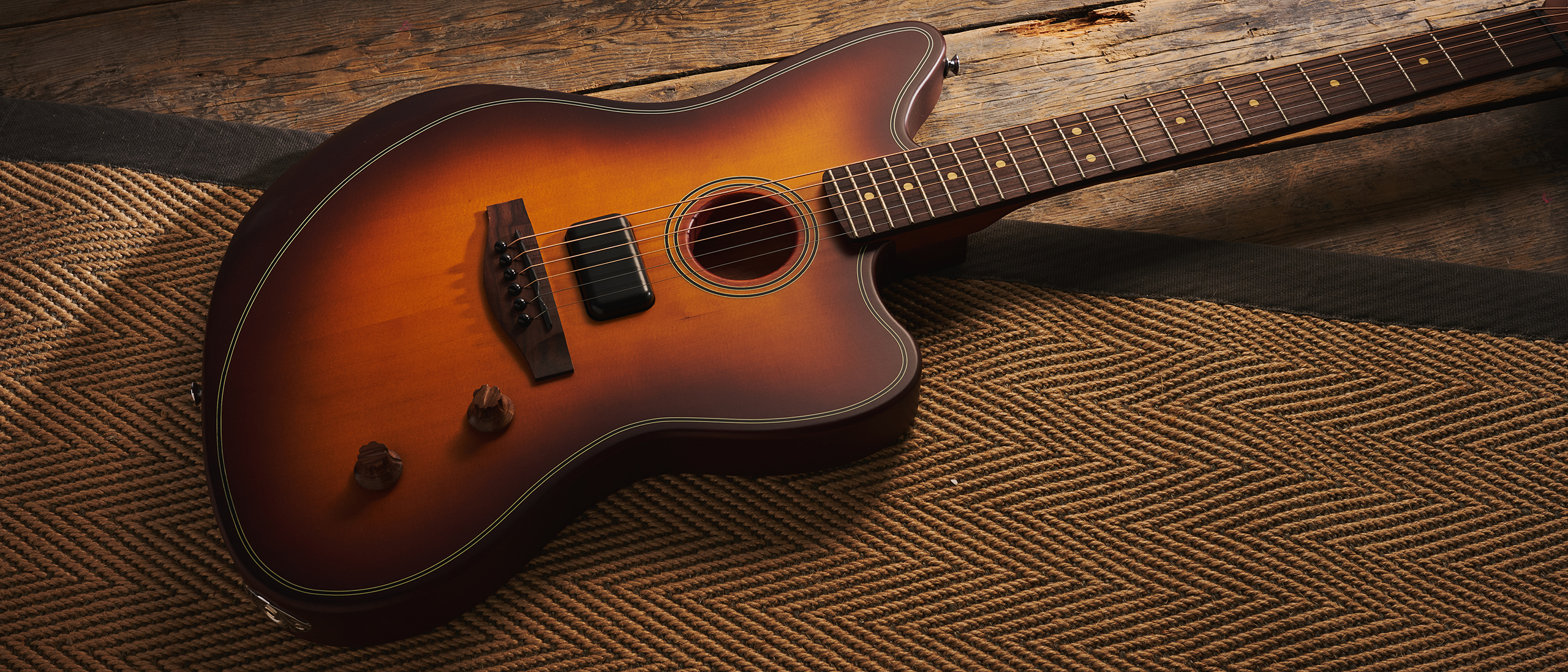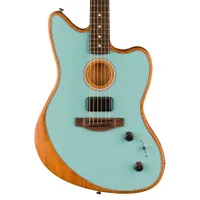MusicRadar Verdict
The Fender Acoustasonic Standard Jazzmaster might not replace your electric or acoustic guitar, but it will give you a versatility that, in the right context, can prove invaluable in both live and creative situations. And the price point here makes it well worth considering if that applies to you.
Pros
- +
An Acoustasonic at a relatively affordable price.
- +
Elements of electric playability within an acoustic feel.
- +
A versatile combination of piezo and Shawbucker pickups.
Cons
- -
Humbucker is a little muddy when compared to traditional electric guitars.
- -
Some minor finishing issues.
MusicRadar's got your back
What is it?
Us guitar players aren’t always good with change, but that did not stop Fender's 2019 release of the American Acoustasonic, combining electric and acoustic guitar sounds with a three-pickup system and numerous voices via selector switch and a blend knob. Now, with numerous models having been added to the Acoustasonic range, Fender introduces the most affordable version yet - the Indonesia-made Acoustasonic Standard.
Slimming down on features and budget-friendly, this could open up the Acoustasonic to a different type of player. Also available in Telecaster format, this test model is the Fender Acoustasonic Standard Jazzmaster.
Specs
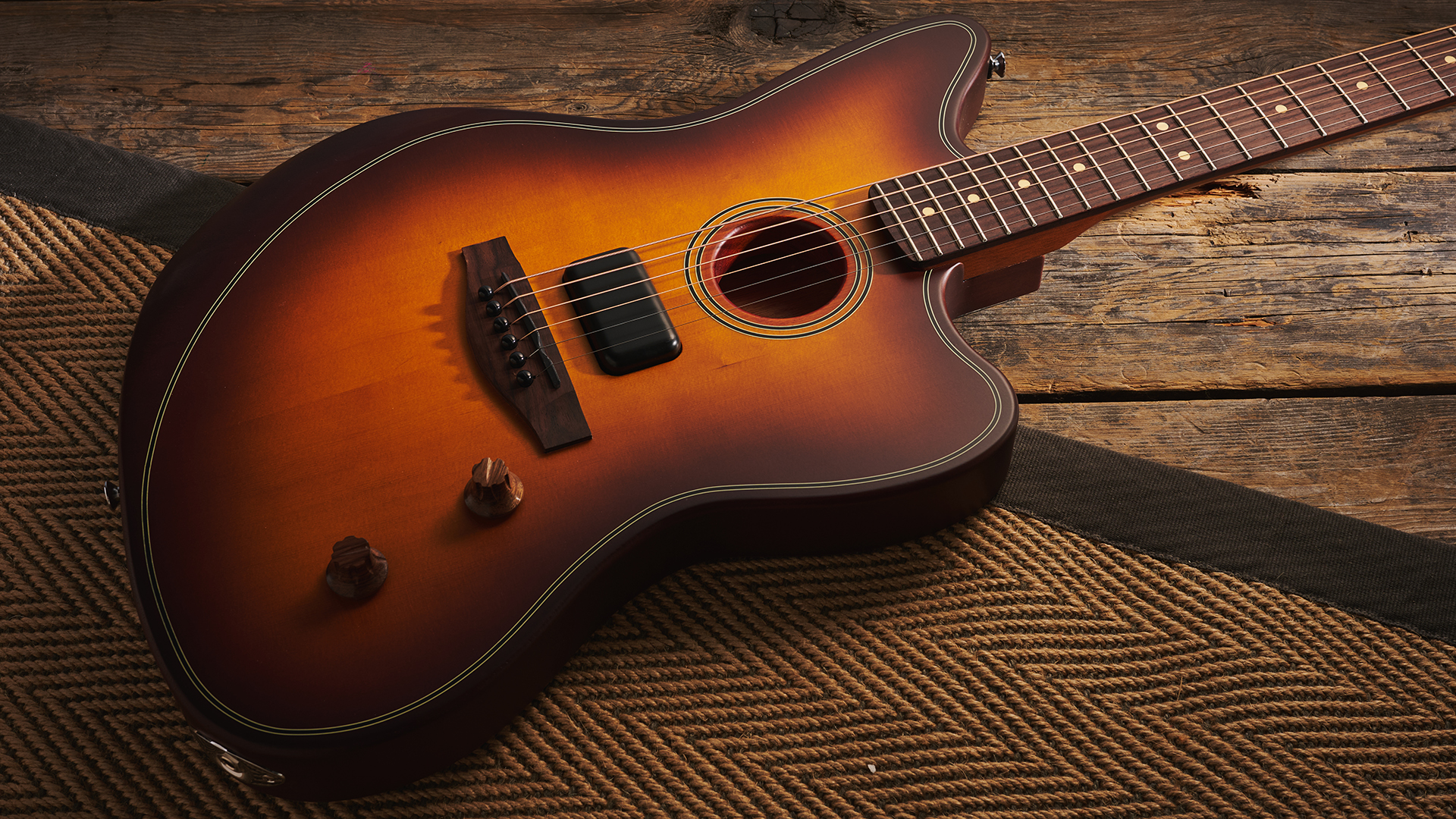
- Launch price: $599/£549/€649
- Made: Indonesia
- Body shape: Off set
- Body top: Sitka Spruce
- Back & sides: Nyatoh
- Neck/shape: Nyatoh/Modern deep C
- Scale/length: 25.5" (64.77cm)
- Nut/width: Graph Tech TUSQ / 1.68" (42.8mm)
- Frets: 22, medium jumbo
- String spacing at bridge: 51mm/2"
- Fingerboard/Radius: Rosewood/12"
- Finish: Honey Burst (as reviewed), Aged Natural, Black
- Bridge/pins: Rosewood/Black plastic
- Tuning Machines: Fender Standard Cast/sealed
- Electronics: Fishman under-saddle piezo, Acoustasonic Shawbucker
- Case: No
- Left-handed options: None
- Contact: Fender
Music Radar Demo
Build quality
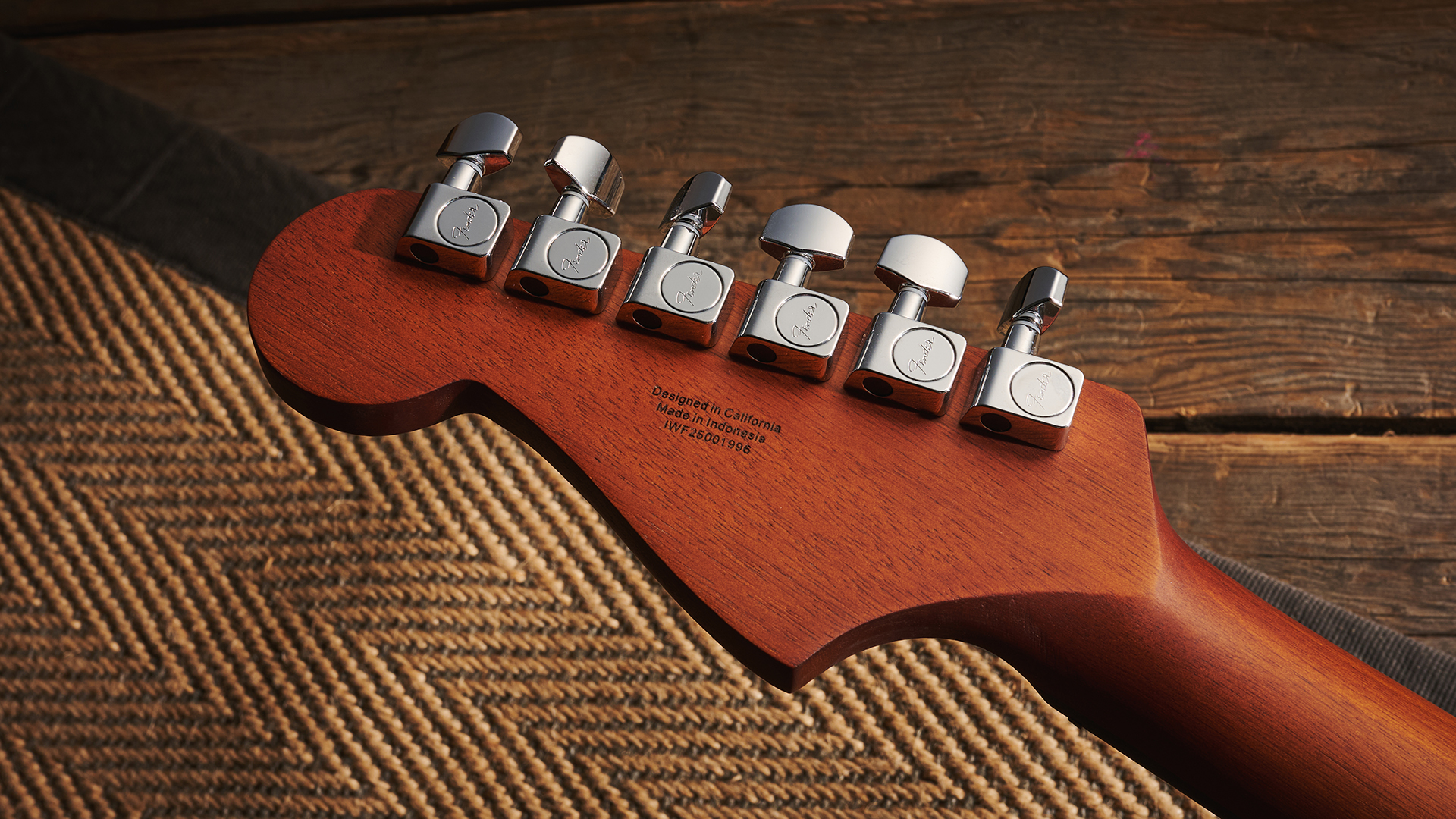
Build quality rating: ★★★★☆
The headline and the main reason for the Acoustasonic Standard’s affordability is its Indonesian build. Objectively, the build is the build and will be judged the same way regardless of its origin, and what I have in my hands is a well-made guitar.
The mahogany body and spruce top of the more expensive models have made way for nyatoh on the Standard, and while it is quite plain in terms of grain, I enjoy the Honey Burst finish. This test model has a little knot in the wood up by the sound hole, which draws the eye a bit, but stops short of ruining the aesthetic.
Moving away from the cosmetic, the bones of the guitar leave little to complain about. The frets are well finished, the Fender Standard Cast tuners feel sturdy, the guitar holds it's tuning well and I particularly like how the wooden control knobs look against the finish.

Also present is a Graph Tech TUSQ nut and a rosewood fretboard, which are nice to have at this price. However, the edge of the nut by the sixth string is a little sharp, making it feel uncomfortable when my hand brushes by it. There’s also some roughness to the finish of the saddle, but not severe enough to cause any problems in my time with the guitar.
Want all the hottest music and gear news, reviews, deals, features and more, direct to your inbox? Sign up here.
Another nice and well-thought-out addition is the micro-tilt adjustment located at the neck plate around the back of the guitar. With a little know-how that is easy to learn, this provides a convenient way of tweaking the action of the strings and is a welcome inclusion.
Playability
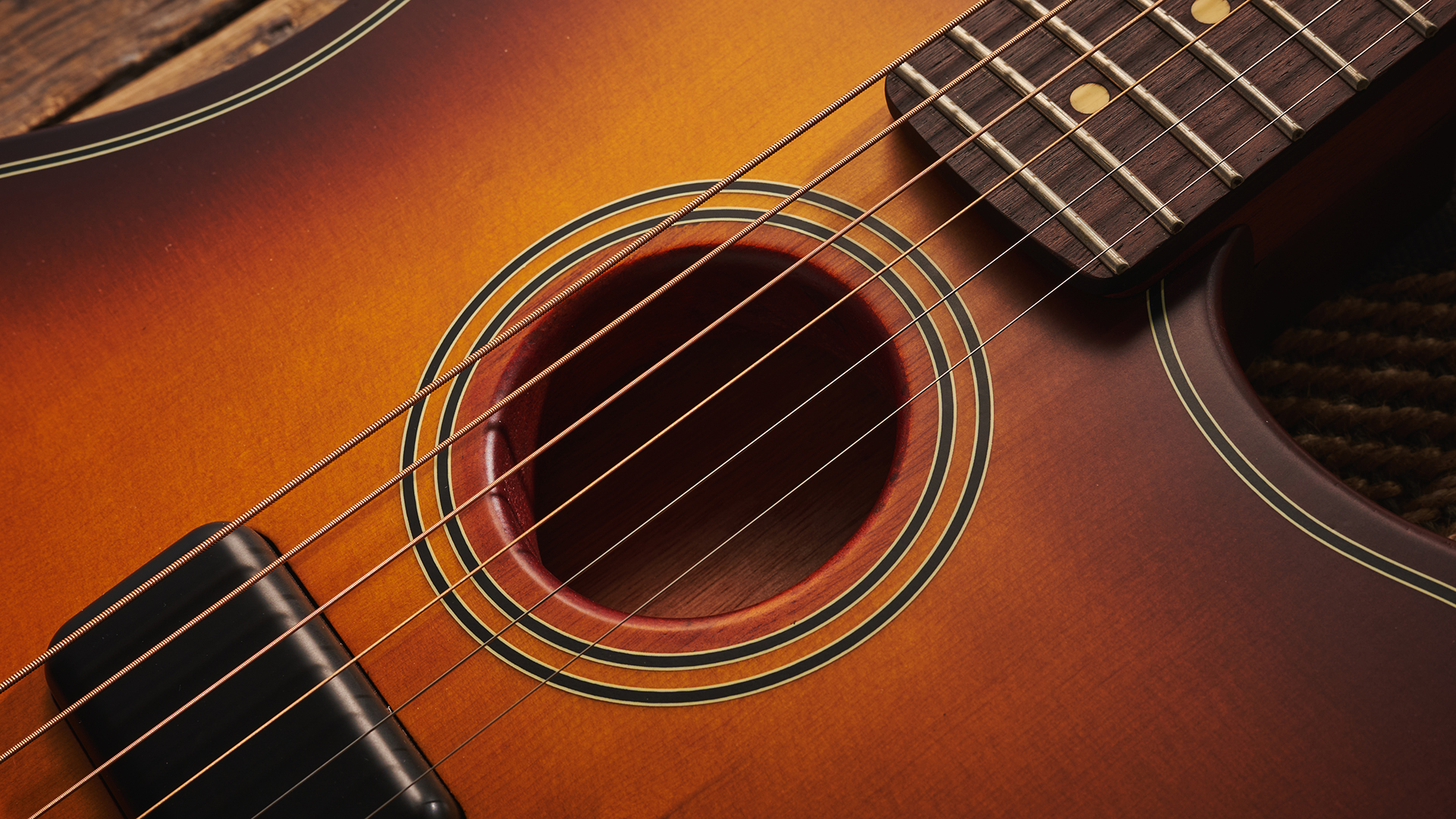
Playability rating: ★★★★★
Sporting what would be a low action on an acoustic guitar, it brings elements of electric playability to an acoustic feeling format.
Speaking of the action, the setup out of the box is incredibly enjoyable. Sporting what would be a low action on an acoustic guitar, it brings elements of electric playability to an acoustic feeling format, making for an addictive experience.
Playing through a bunch of instrumental bluesy tunes (and realising I should probably add a few more to the library), the Modern Deep C, satin finished neck feels smooth in the hand. Combined with the aforementioned nicely finished frets, gliding up and down the fretboard feels effortless.
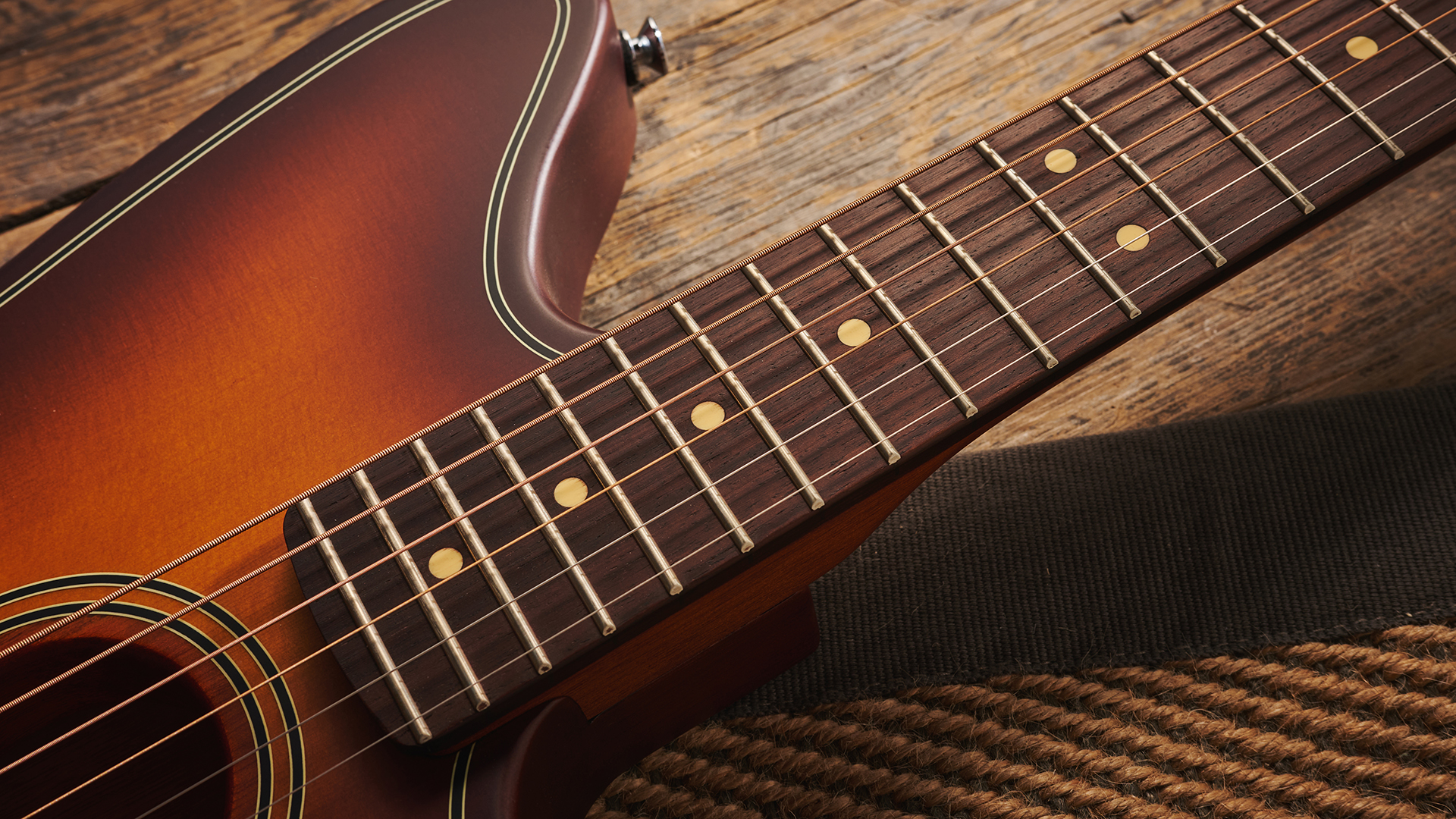
Where this excels in terms of playability is in the hands of someone who is perhaps a singer or multi-instrumentalist
Moving on to things of a more speedy nature, the runs come off the fretboard with relative ease. I say relative, because if this were an electric guitar, I would be expecting a little more here. But it isn’t. With the Acoustasonic, I feel myself leaning towards an acoustic headspace, and in that context, it is remarkably easy.
What you won't be doing on this is wide, Zack Wylde-esque vibrato or super high Gilmour-style bends. It just isn’t built for that, despite its electric guitar sensibilities. Where this excels in terms of playability is in the hands of someone who is perhaps a singer or multi-instrumentalist, who finds themselves on rhythm guitar duty with a requirement to be versatile.
Sounds
Sounds rating: ★★★½
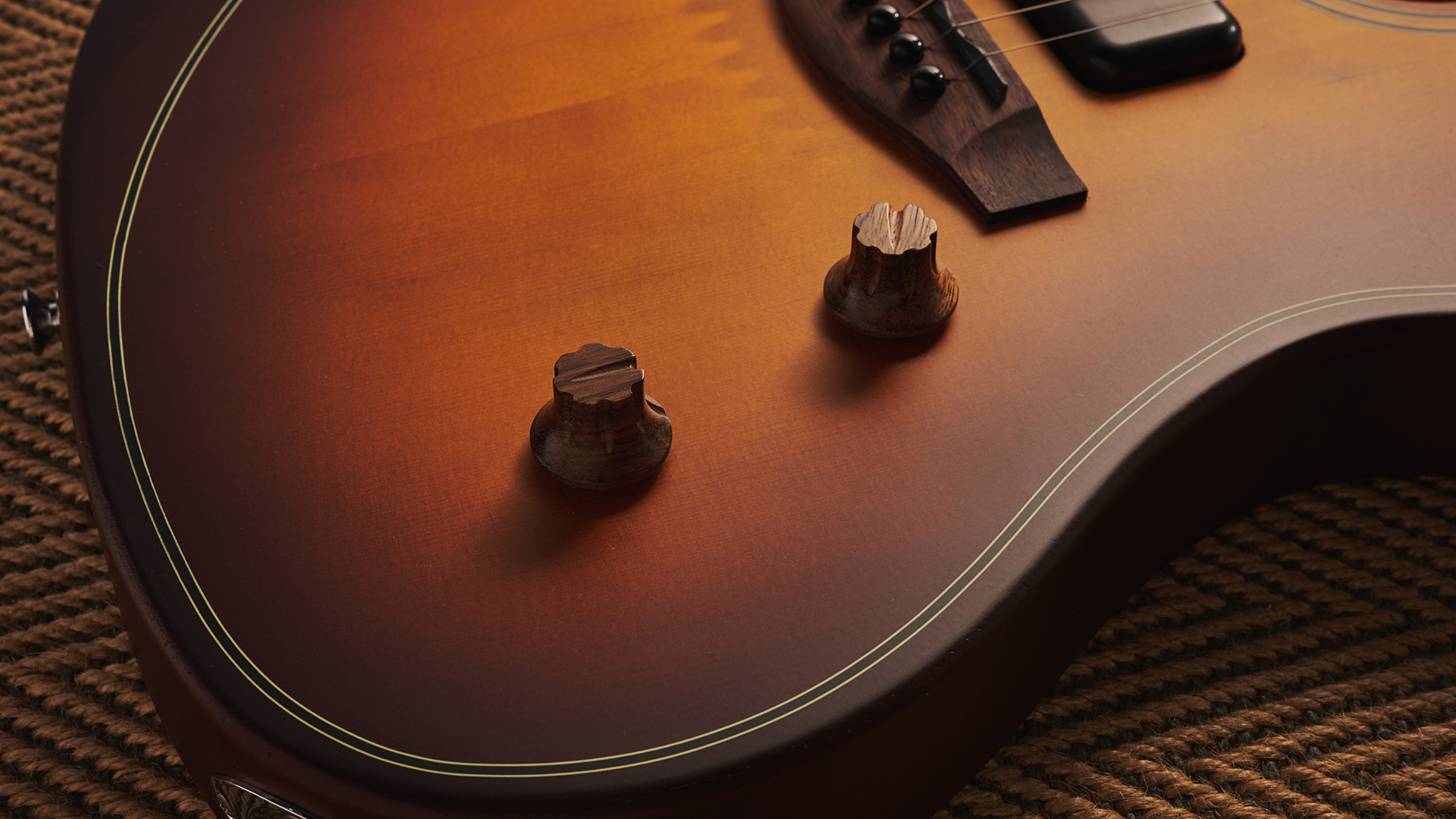
Acoustically, the guitar is always going to be a little hamstrung by the compact nature of the body, but that does not stop it from producing a resonance and fullness that punches above what its small size would suggest. Although still not anywhere close to a more traditional acoustic.
But this isn’t the point of the Acoustasonic. It is a guitar that is meant to be plugged in. Here, the slim body prevents feedback issues that can be encountered on stage when playing a normal-sized acoustic live. This may be enough on its own to tempt musicians with a couple of acoustic numbers in their set to give the Standard Acoustasonic a chance.
There are two pickups - a Fishman Undersaddle piezo and a Shawbucker Acoustasonic magnetic pickup. Piezos are notoriously difficult to get a good sound out of without EQ shaping, as with a prominent transient and an inherent thinness, the tone can be a little ‘plinky’ in nature. Trying the Acoustasonic straight in via a Presonus HD2 interface and Presonus Eris Pro 6 speakers, I also have in for review, the Fishman Undersaddle Transducer (piezo) pickup is reminiscent of these issues, but this isn’t really a surprise.
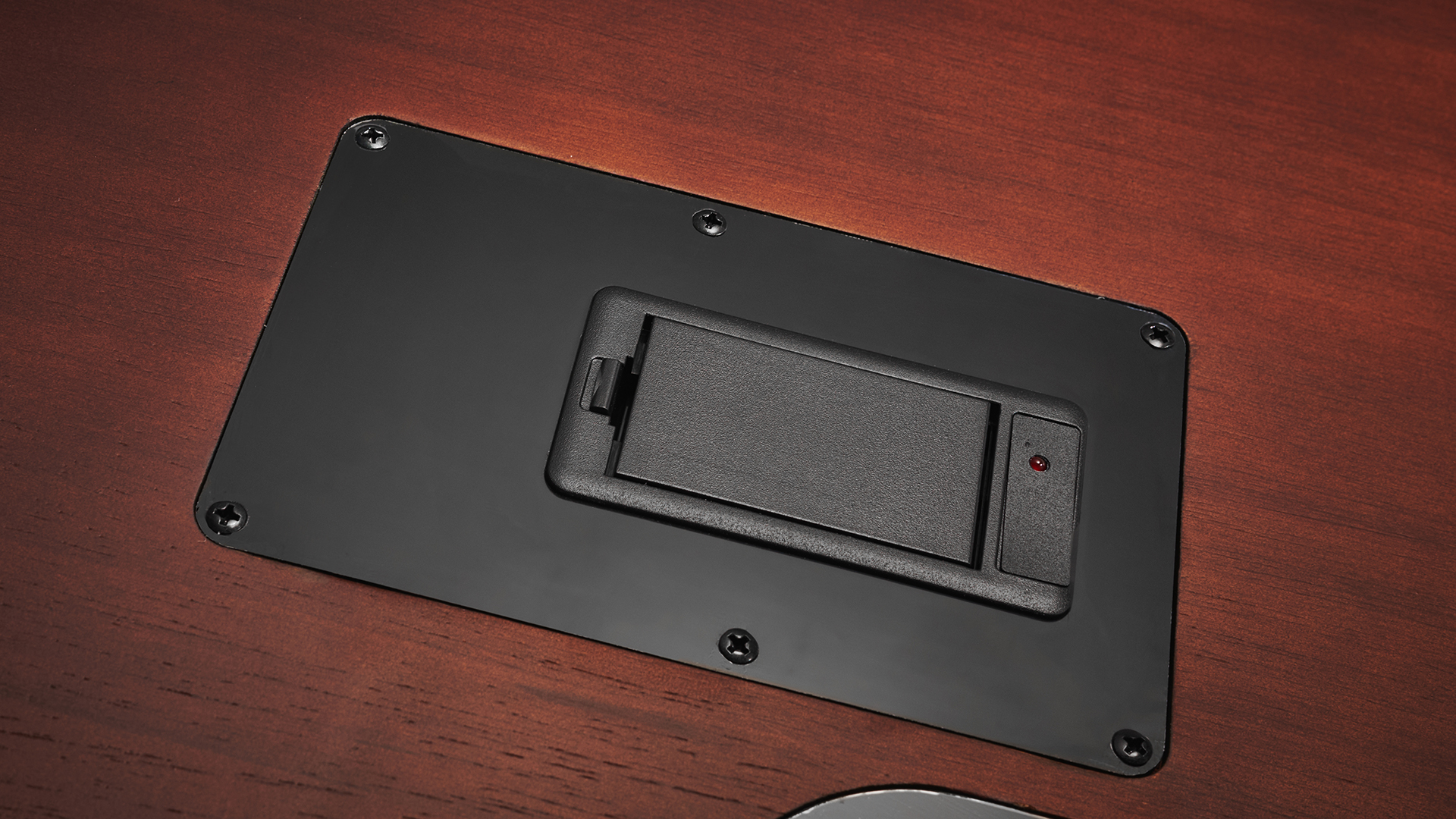
What is a surprise though, is how full the sound is in the low mid and low end when compared to some other piezo guitars I have tried. I still prefer the sound of my Expression System 2-equipped Taylor 214ce, but that is almost double the price. In short, the piezo pickup here performs relatively admirably.
Plugging the guitar into an electric amplifier is where the Acoustasonic started to shine.
What these other guitars don’t have is the benefit of an Acoustasonic Shawbucker electric pickup. This type of pickup would typically be used in conjunction with an electric guitar amp, but in the context of going straight in, it's useful in countering the spikey transient of the piezo whilst also adding a bit of life, making for a surprisingly full D.I. sound.
Plugging the guitar into a tube amp is where the Acoustasonic starts to shine. Beginning on the piezo and strumming through a repertoire of karaoke-worthy songs via my Hot Rod Deluxe IV, the sound is objectively acoustic, with that aforementioned fullness coming into its own. This is quite a surprise, the Fishman sounding much better than a piezo pickup through an electric amp usually would.
The amp seems to add an element of body and liveliness, whilst taming that piezo attack. The only thing it could do with is a little compression to further this.

Remaining plugged in and moving on to the Acoustasonic Shawbucker, it sounded a touch flat and muddy compared to more traditional electrics - in this case, a Telecaster and a Gibson SG. But this aside, it is still a very usable electric sound to draw upon between acoustic tones.
Applying some gain via an overdrive pedal - my Boss Blues Driver - I find a satisfying girthy crunch on the Shawbucker. Whilst, again, I would prefer the clarity of a traditional electric, and anything more than light gain would be difficult to use, this is far from a deal breaker. What is compromised here is more than made up for in terms of versatility by providing both an electric and acoustic tone in a single package. A trait that will be invaluable to the right person.
Verdict
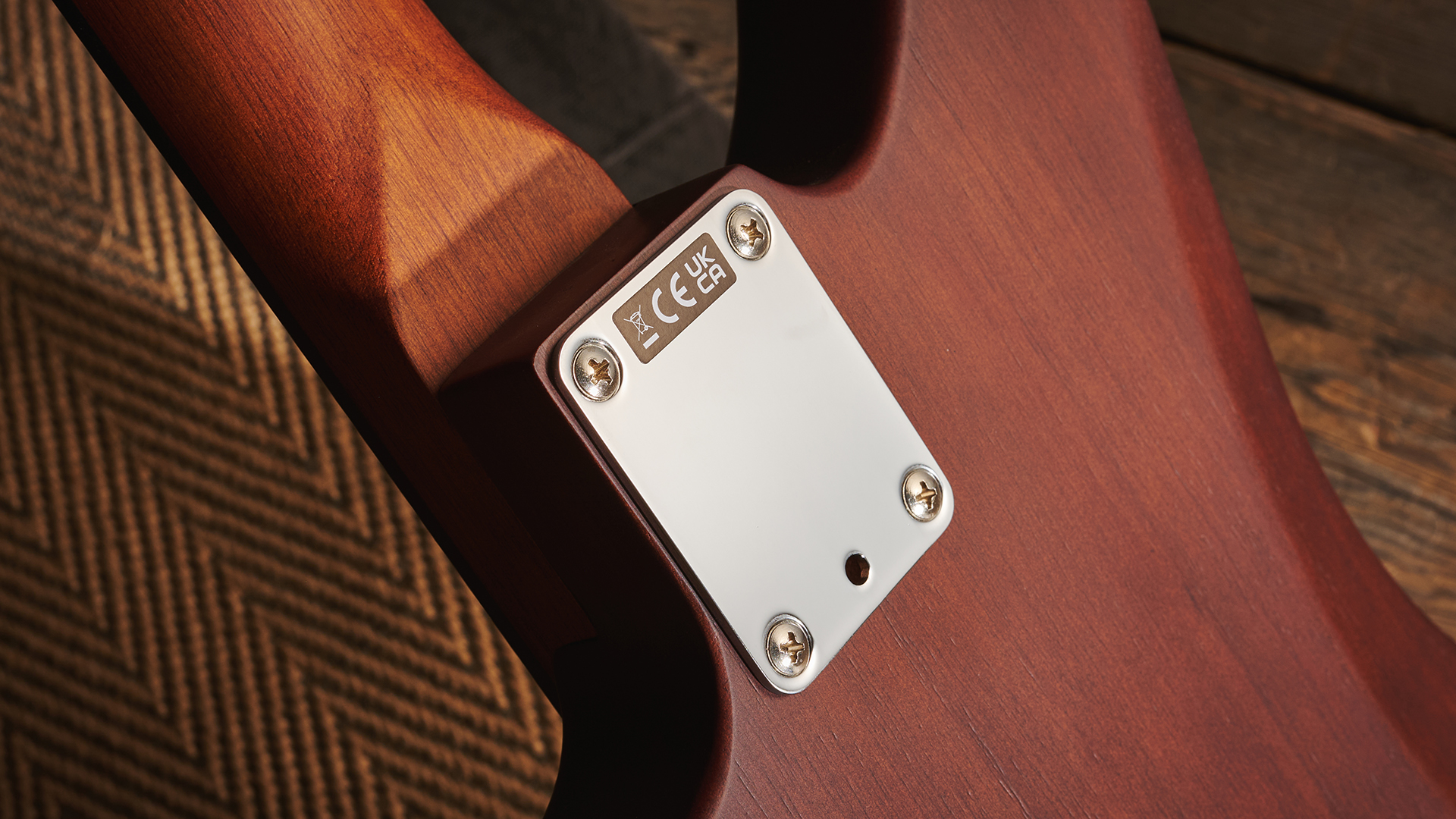
Being a little compromised when compared to more traditional electric and acoustic guitars, the Acoustasonic could never replace one or the other
It’s this last point that cements the Acoustasonic’s place in the guitar landscape for me. Versatility. Having access to both acoustic and electric sounds whilst playing through an electric amp puts the Acoustasonic in a place where it is neither one nor the other, but more of its own thing, bringing increased capability in a live context.
Being a little compromised when compared to more traditional electric and acoustic guitars, the Acoustasonic could never replace one or the other. But having played many hundreds of cover gigs over the years, there are a few songs where the versatility of having both sounds in one place would be extremely valuable. And at this lower price point, the purchase of a guitar for this use is well worth consideration.

Beyond cover gigs, this sonic versatility, combined with a playability that sits somewhere between an electric and acoustic, brings extra possibilities to those noodling around on their sofas. It’s this versatility in a more affordable package that opens up the Acoustasonic to more creativity, putting it in the hands of those who can perhaps make something new from what’s on offer here.
The Fender Acoustasonic Standard Jazzmaster might not replace your electric or acoustic guitar, but it will give you a versatility that, in the right context, can prove invaluable in both live and creative situations. And the price point here makes it well worth considering if that applies to you.
Test | Results | Score |
|---|---|---|
Build quality | A well built guitar, albeit with quite a plain finish and a little roughness on the bridge saddle. | ★★★★☆ |
Playability | An acoustic feel but with some of the playability of an electric. | ★★★★★ |
Sounds | Some compromises here, but a great amplified piezo sound with the Shawbucker bringing real versatility. | ★★★½ |
Overall | Not quite an acoustic or an electric, but somewhat of it's own thing with impressive versatility being the highlight. | ★★★★ |
Also try
Fender Acoustasonic Player Jazzmaster - $1199/£949/€1129
More expensive, but with a step up in features, including a Fishman-designed Acoustic Engine for more sonic options – essentially allowing mic'd acoustic sound to be blended into the piezo signal.
Read more: Fender Player Acoustasonic Jazzmaster review
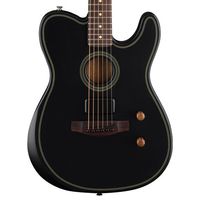
Fender Acoustasonic Standard Telecaster - $599/£549/€649
If an offset isn't quite your thing, the Acoustasonic Standard Telecaster is the same guitar but in a Telecaster format
Fender Highway Series Parlour - $999/£699/€828
Another guitar in which Fender brings the playability of electrics into an acoustic realm, but this time with more focus on a traditional acoustic sound via the Fishman Fluence Acoustic soundhole pickup
Read more: Fender Highwayman Parlour review
Hands-on videos
Fender
Guitar Guitar
Guitar Center

Pete cut his teeth as a guitarist by spending over a decade playing in both function and original bands whilst teaching during the week. He now uses this experience combined with degrees in Music and Web Design, plus a general addiction to all things guitar gear, to write reviews for MusicRadar and Guitar World. When not experimenting with his pedalboard, he will spend any extra time he has perfecting his extensive coffee-making setup.
You must confirm your public display name before commenting
Please logout and then login again, you will then be prompted to enter your display name.
